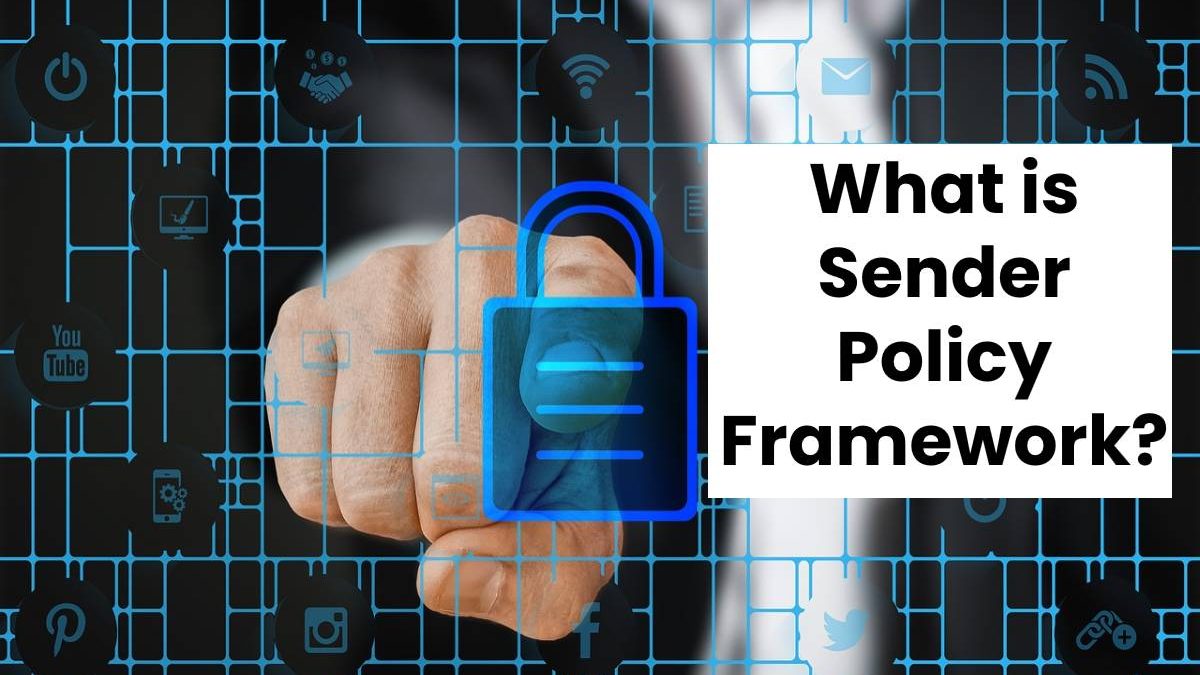The Sender Policy Framework (SPF) is a technical standard and email authentication technique for protecting email senders and recipients against spam, spoofing, and phishing. In order to detect forgery and scams, SPF defines a method to determine whether an email message was from an authorized server or not.
SPF was created to complement SMTP (Simple Mail Transfer Protocol) because the main protocol for sending email lacks any authentication mechanisms. Let’s try to dive deeper into the SPF world and take a look at improving email deliverability while maintaining trust in your domain.
Table of Contents
What is an SPF record?
SPF (Sender Policy Framework) is an open standard that allows the owner of a domain to publish a list of authorized senders. For example, if you use an email API to send transactional emails and then Campaign Monitor to send marketing emails, both of those services will be listed as authorized senders.
This way, receiving mail servers can double-check that the email was sent from a server that has permission to send on your behalf. If the message comes from a server that isn’t on your list, the receiving server will regard it as a forgery.
An important aspect to understand about SPF is that it is not validated against the ‘From’ domain. Instead, SPF checks the Return-Path value to verify the origin server. Receiving servers use the Return-Path email address to alert the sending mail server of distribution issues, such as bounces. As a result, an email can pass SPF even if the ‘From’ address is forged. The issue with this restriction is that recipients see the ‘From’ address in their email clients. Furthermore, even if a message fails SPF, it does not mean it will not be sent. It is up to the receiving ISP to make the final distribution decision.
SPF is only one of several variables that ISPs consider when deciding whether or not to send an email. DMARC is a relatively recent standard that addresses this shortcoming in SPF when it comes to verifying the ‘From’ address.
What are the benefits of adding an SPF record to my domain?
Although SPF isn’t ideal, it’s still preferable to use it than not use it at all. While emails can still be delivered without SPF, implementing SPF increases your chances to get to the inbox. An SPF policy sends an additional confidence signal to ISPs, increasing the probability that your emails will be sent to the inbox.
When spammers attempt to exploit your domain, the SPF policy will help reduce the backscatter of bounce and error messages. SPF won’t fix all of your delivery issues, but it’s an extra layer that, when combined with DKIM and DMARC, will help you increase delivery speed and avoid spam. Thus SPF, DKIM, and DMARC are security protocols that ensure your domain is safe and unhackable. To ensure that everything is in order, use the SPF record check tool.
Why is SPF Important?
SPF has become increasingly important in determining which sending infrastructure will transmit email on your behalf. Implementing SPF for email has a number of advantages:
- SPF increases the reputation of a domain and email deliverability.
- Combats domain and email spoofing to protect your brand reputation.
- SPF is one of the main email authentication methods for DMARC. To evaluate its results, DMARC uses the results of the SPF checks and adds a check for domain alignment.
What SPF doesn’t do?
SPF is a perfect way to make your emails more secure. It does, however, have certain drawbacks that you should be aware of.
- The “From” header is not validated by SPF. Most clients show this header as the message’s actual sender. The “header from” is not validated by SPF; instead, the “envelope from” is used to evaluate the transmitting domain.
- SPF will break when forwarding an email. At this stage, the message’s “forwarder” becomes the new “sender,” and the new destination’s SPF checks will fail.
- SPF lacks reporting, making it more difficult to maintain.
Conclusion
If you are a company that sends commercial or transactional emails, you can probably use one or more forms of email authentication to ensure that an email comes from you or your company. One of the most important steps you can take to boost your deliverability is to properly configure email security standards like SPF.
However, to establish a more comprehensive email authentication policy, email experts suggest implementing DKIM and DMARC as well.

